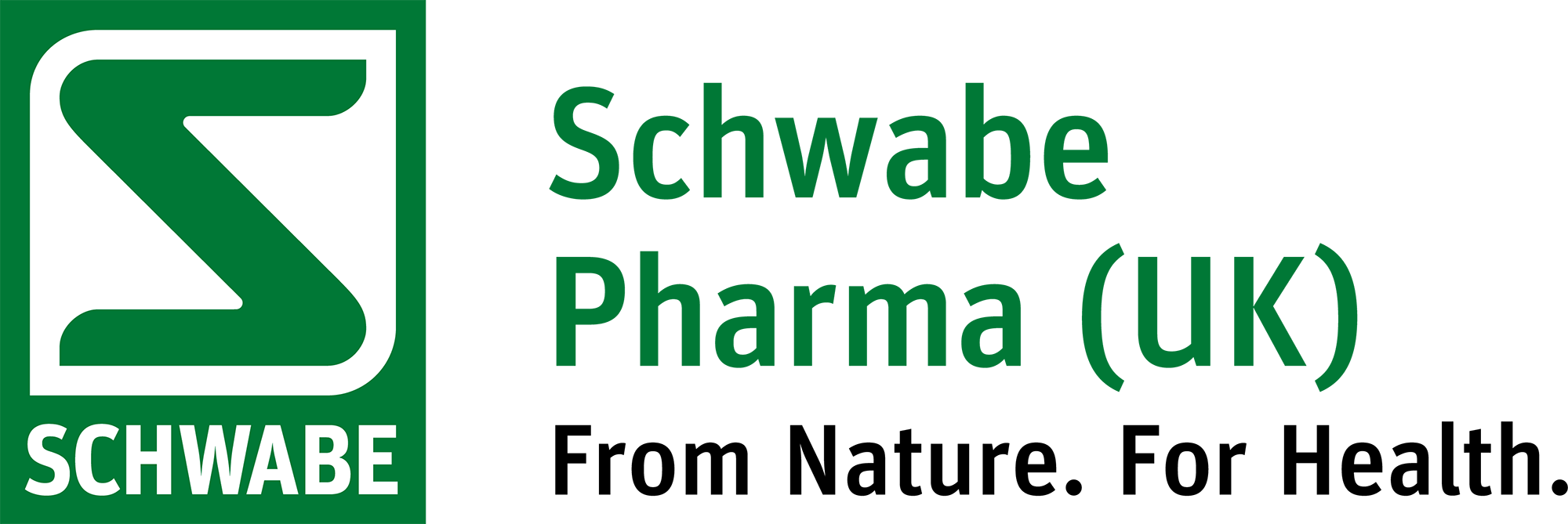An infection that affects the upper respiratory tract
The common cold is an infection that affects the upper respiratory tract – the nose, throat, sinuses (small spaces in the skull behind the eyes and nose), trachea (the main airway that runs to the lungs), larynx (voice box) and bronchial tubes (the airways in the lungs).
What causes a cold?
Colds are caused by viruses and are highly infectious. Tiny droplets of fluid containing the cold virus are launched into the air by sneezing, coughing and even speaking. If these are breathed in by someone else then they may well become infected. Colds can also spread through direct and indirect contact. The virus can be passed on via a simple handshake. Alternatively, if an object is touched such as a door handle or telephone, the virus may be transferred to the object and then on to someone else.
When do symptoms start?
The symptoms of a cold usually begin 2-3 days after infection, and last for 2-14 days. Most people recover from a cold within a week. People are most contagious during the sneezing, runny nose and coughing phase that are the first signs of a cold developing.
How common are colds?
Colds are very common. They occur mainly during the winter months, although cold weather itself is not a cause of colds. Children tend to have more colds than adults. This is because adults have built up immunity against some of the viruses that cause colds. On average, adults have between two and four colds a year, while children may have as many as eight or ten.
Which herbal cold remedies can help?
Pelargonium
Pelargonium plant Extracts of pelargonium have recently been attracting interest as a natural alternative to antibiotics for treating symptoms of upper respiratory tract infections, such as colds, coughs, sore throats, sinusitis as well as for helping to prevent secondary infections such as bronchitis.
Does Pelargonium Work?
Research shows that the anti-bacterial and anti-viral properties of pelargonium help to prevent bacteria and viruses from attaching themselves to cells in the mucous membranes as well as stimulating the immune system to stop viruses and bacteria from multiplying. Extracts of pelargonium can also act as an expectorant allowing the body to expel infected mucus, which makes conditions less suitable for bacteria and viruses to multiply.
Pelargonium can be found in our Kaloba range of tablets, drops and syrup. At the first sign of symptoms start to take your chosen product. You should carry on taking pelargonium for three days after symptoms have disappeared to prevent a relapse.
Echinacea
Also known as the purple or prairie coneflower, echinacea is a wild flower native to the grasslands of Central America. It was used for centuries by Native Americans and also European pioneers in America.
Does echinacea work?
Containing natural substances with antibiotic properties, echinacea appears to work by stimulating the production of white blood cells, which help the body to fight infection.
Echinacea can be found in EchinaCold – a traditional herbal medicinal product used for the relief of symptoms of the common cold and influenza type infections, exclusively based upon long-standing use as a traditional remedy.
Taking two to three tablets up to three times daily can help adults and children 12 years+ to relieve symptoms of cold and flu type infections. For best results it should be taken at the first sign of infection.



